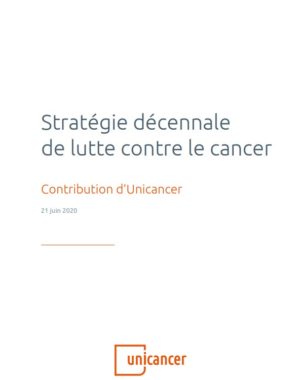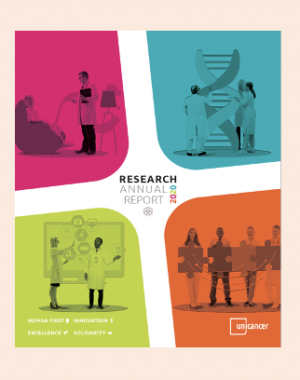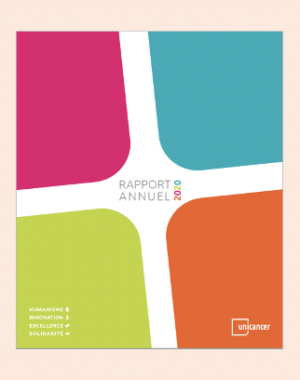Real World Datas
Real World Datas allow therapeutic strategies and innovations to be studied on large patient populations under real conditions of use and are complementary to clinical trial data
They are used to feed medico-economic models for the evaluation of the efficiency of therapies and they also make it possible to carry out a benchmark of care practices, as well as an observatory of medicines.
Real World Datas provide complementary knowledge to that of clinical trials and can offer access to knowledge that is inaccessible to clinical trials, such as descriptions of
- he profile of patients treated under real conditions of use: sex ratio, age, social origin, profession, comorbidity, etc.
- the conditions of use of the treatment in order to estimate the difference that may exist between the conditions of a trial and those of current practice: dosage, duration, interruptions, compliance, co-medications, etc.
- specific populations or rare situations: certain populations are rarely included in RCTs, such as the elderly, people in precarious situations, pregnant women, or rare forms
- the benefit-risk ratio (efficacy, tolerance, quality of life) over long periods of time
- the place of a treatment within a given therapeutic strategy
- the impact of its prescription on the organisation of care and care pathways

Clinical trials provide robust data to evaluate new diagnostic or therapeutic methods. However, they cannot reflect “real life” patient populations. This is why generating real-life data to show that the results obtained in these trials are reproducible and transposable is fundamental and represents a priority for Unicancer
Pr. Jean-Yves Blay – President of Unicancer






